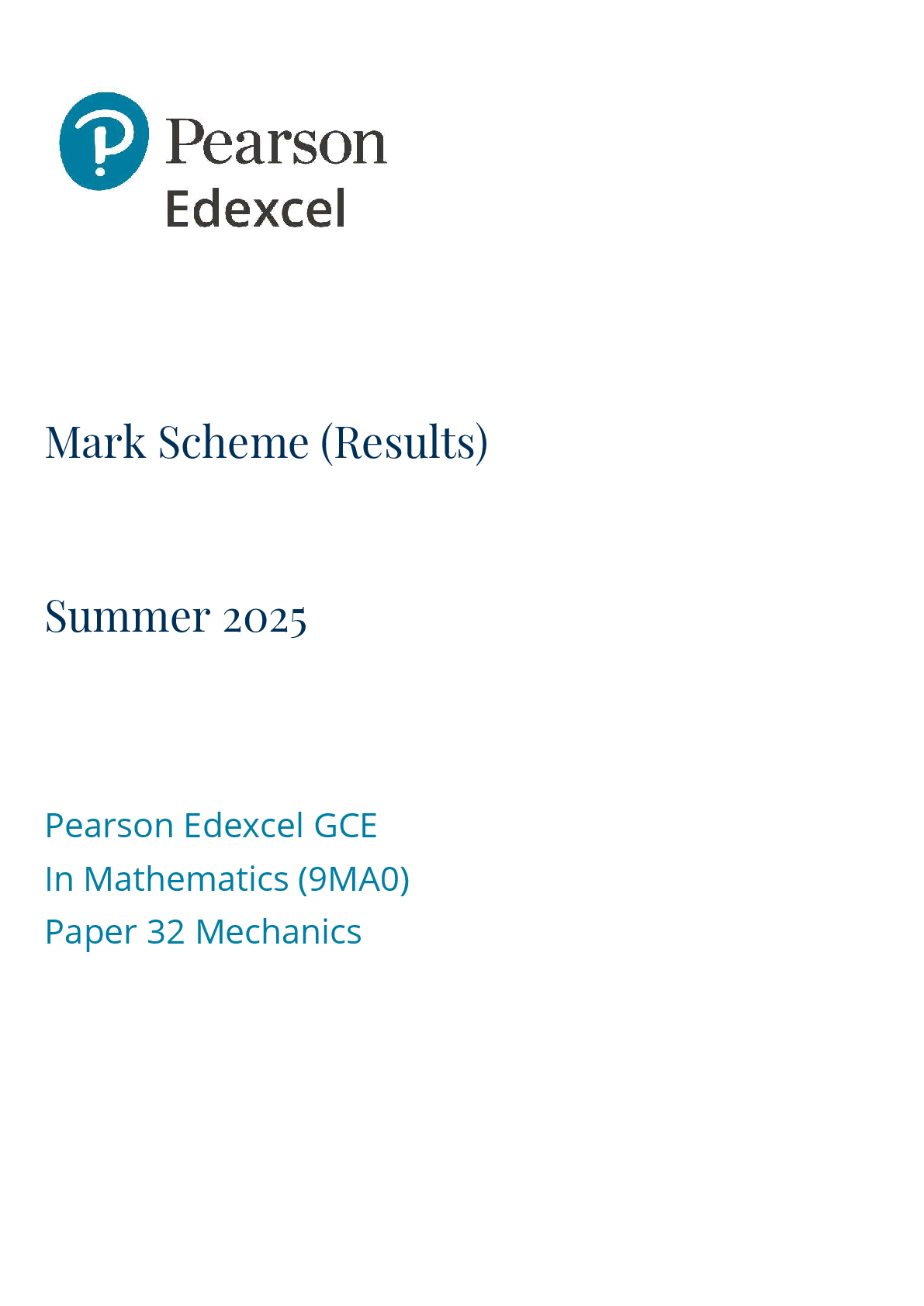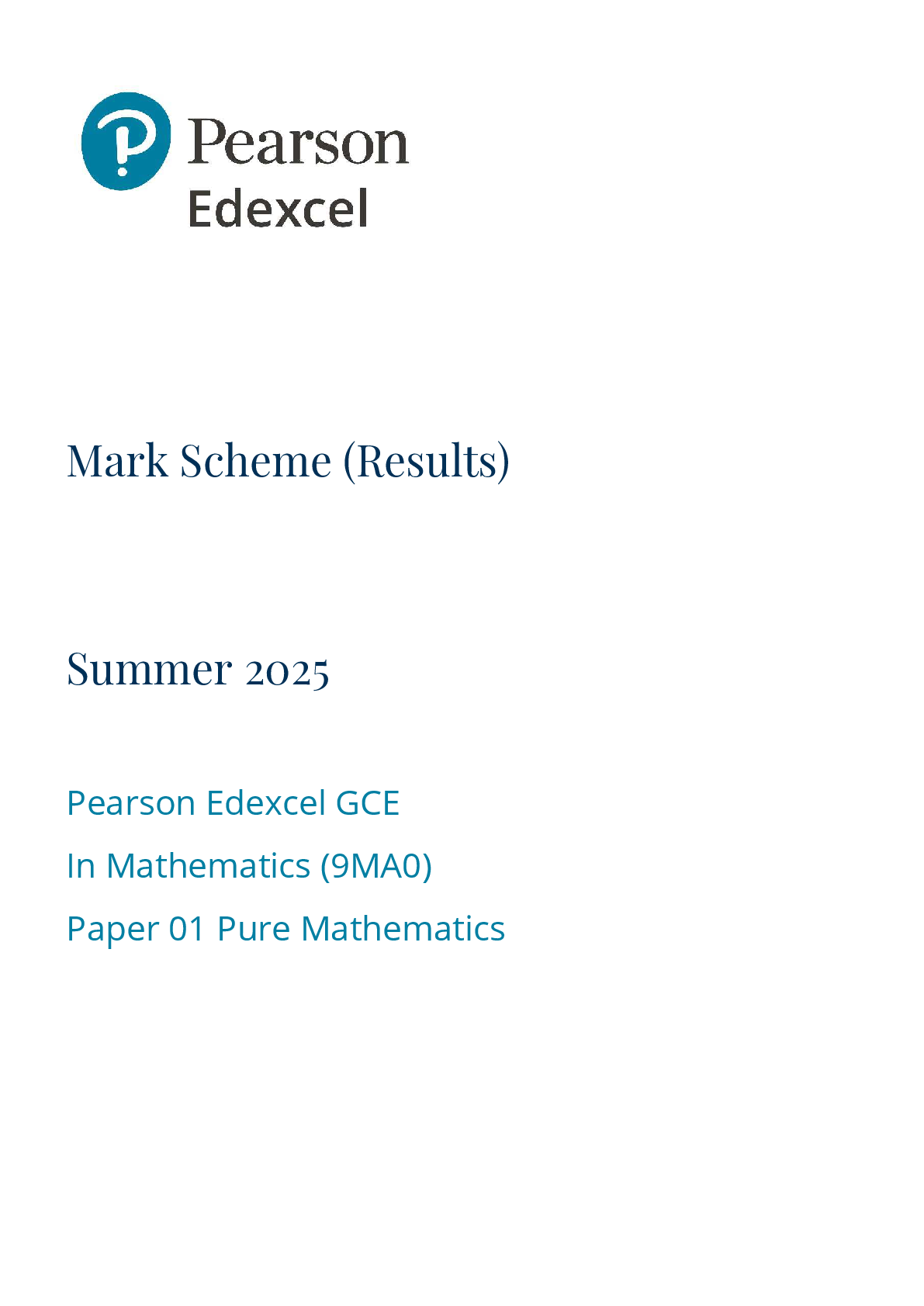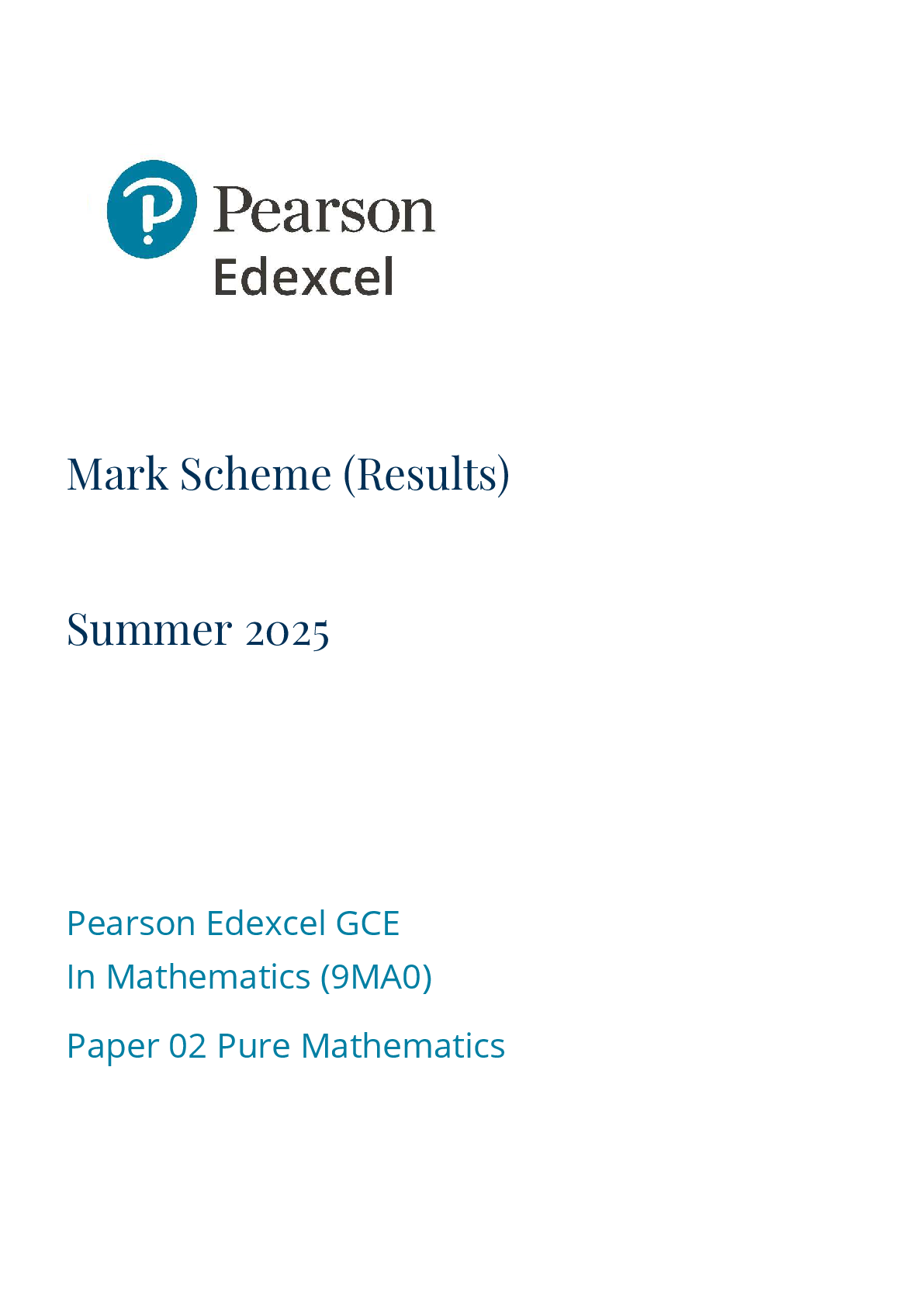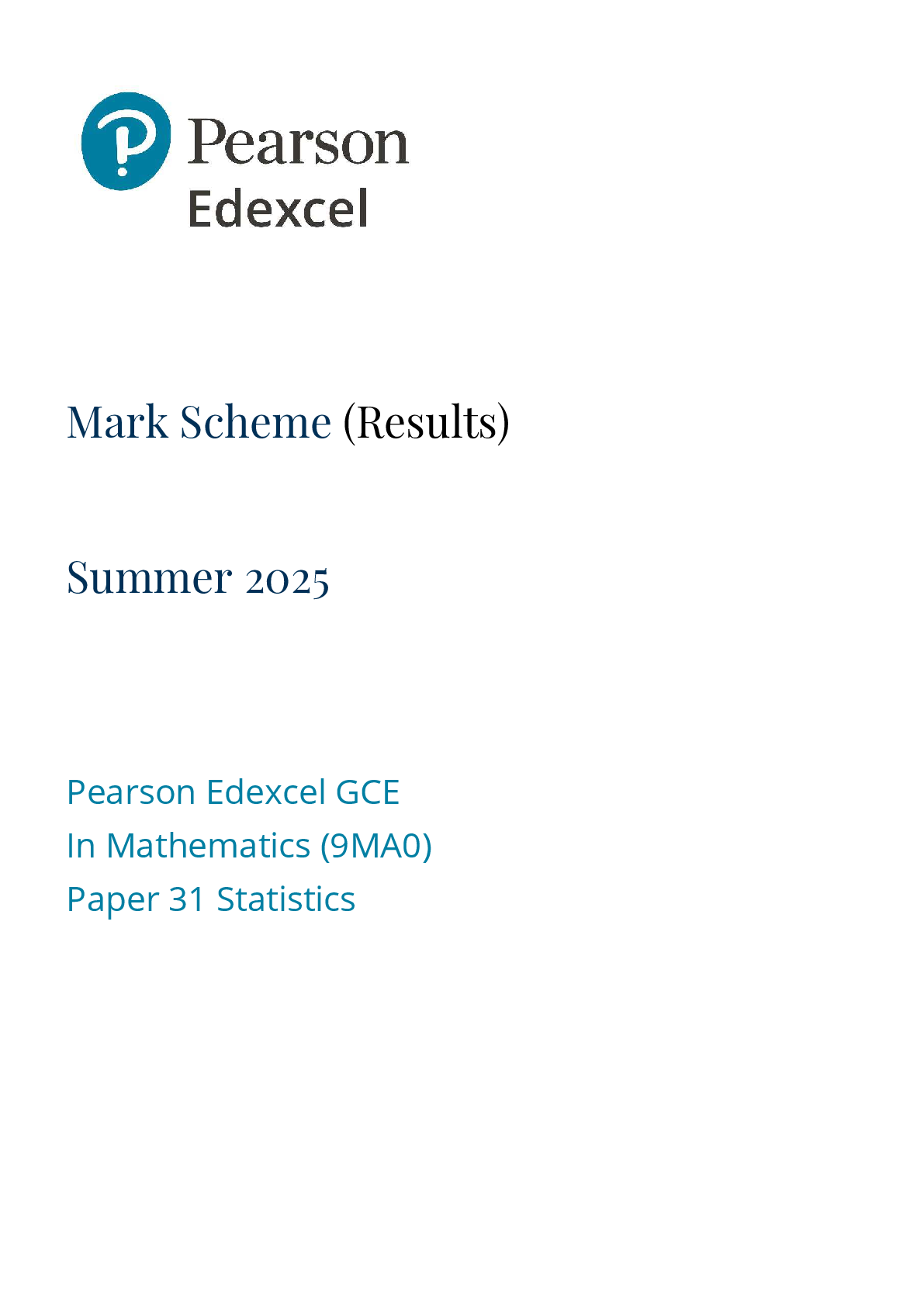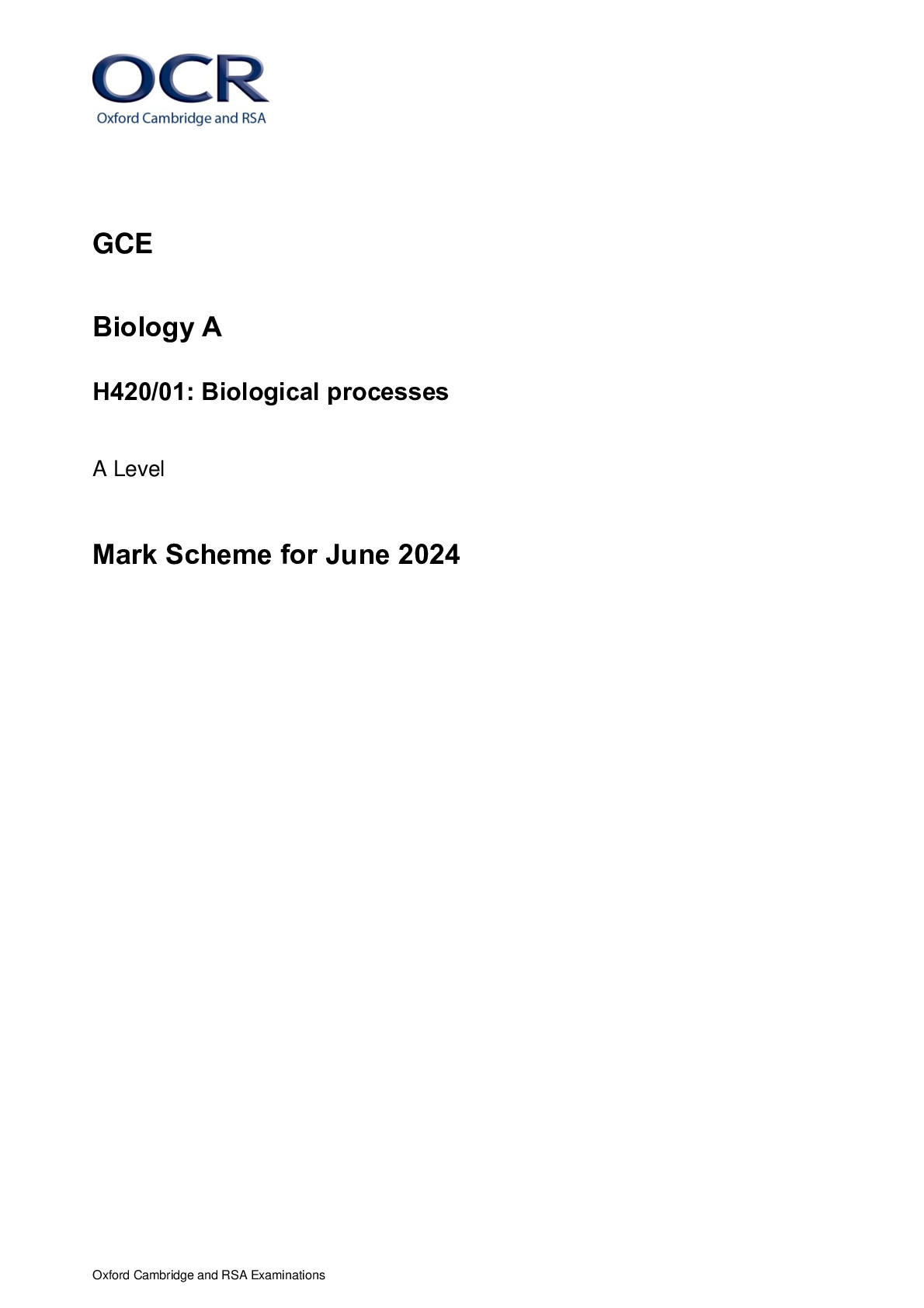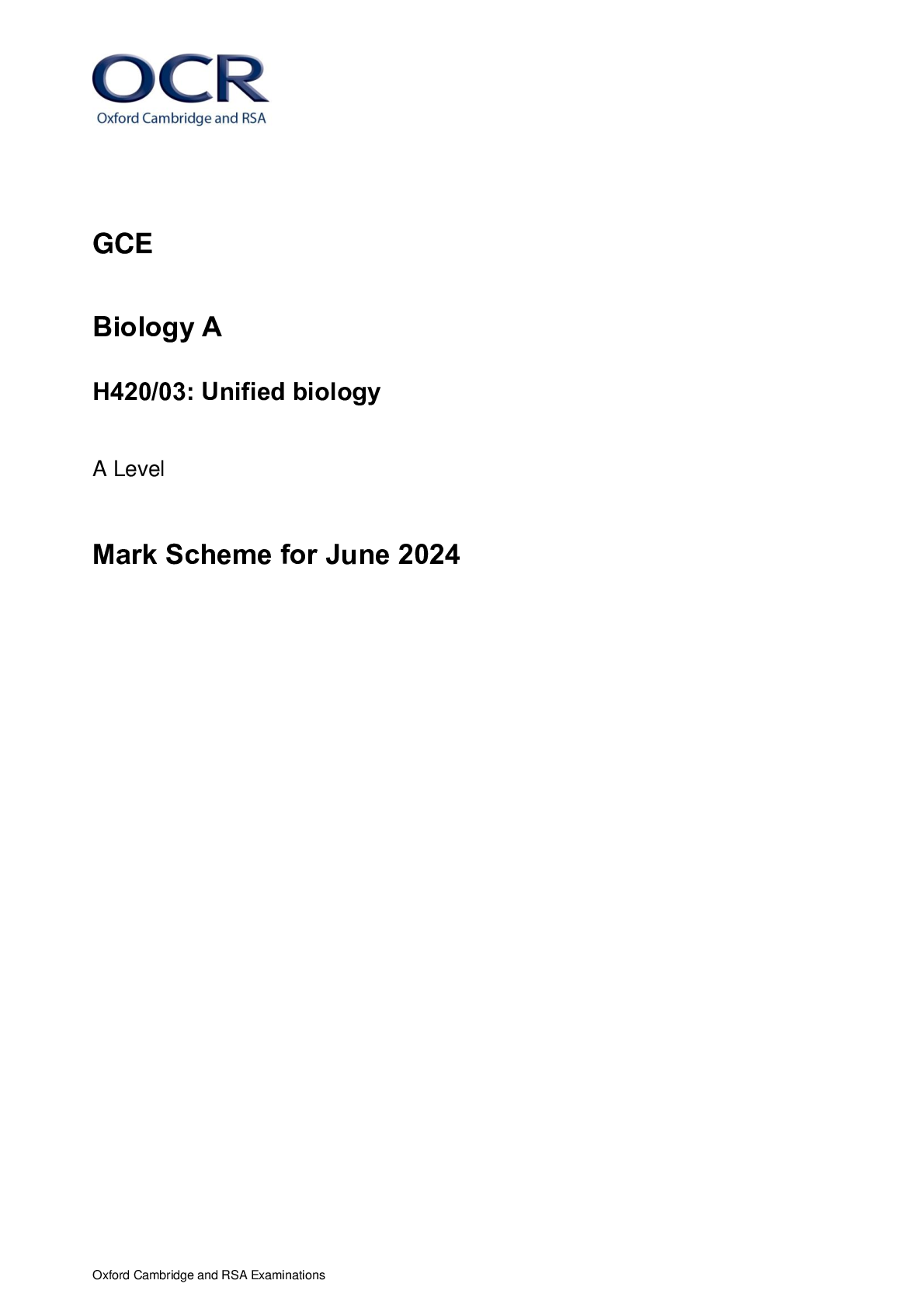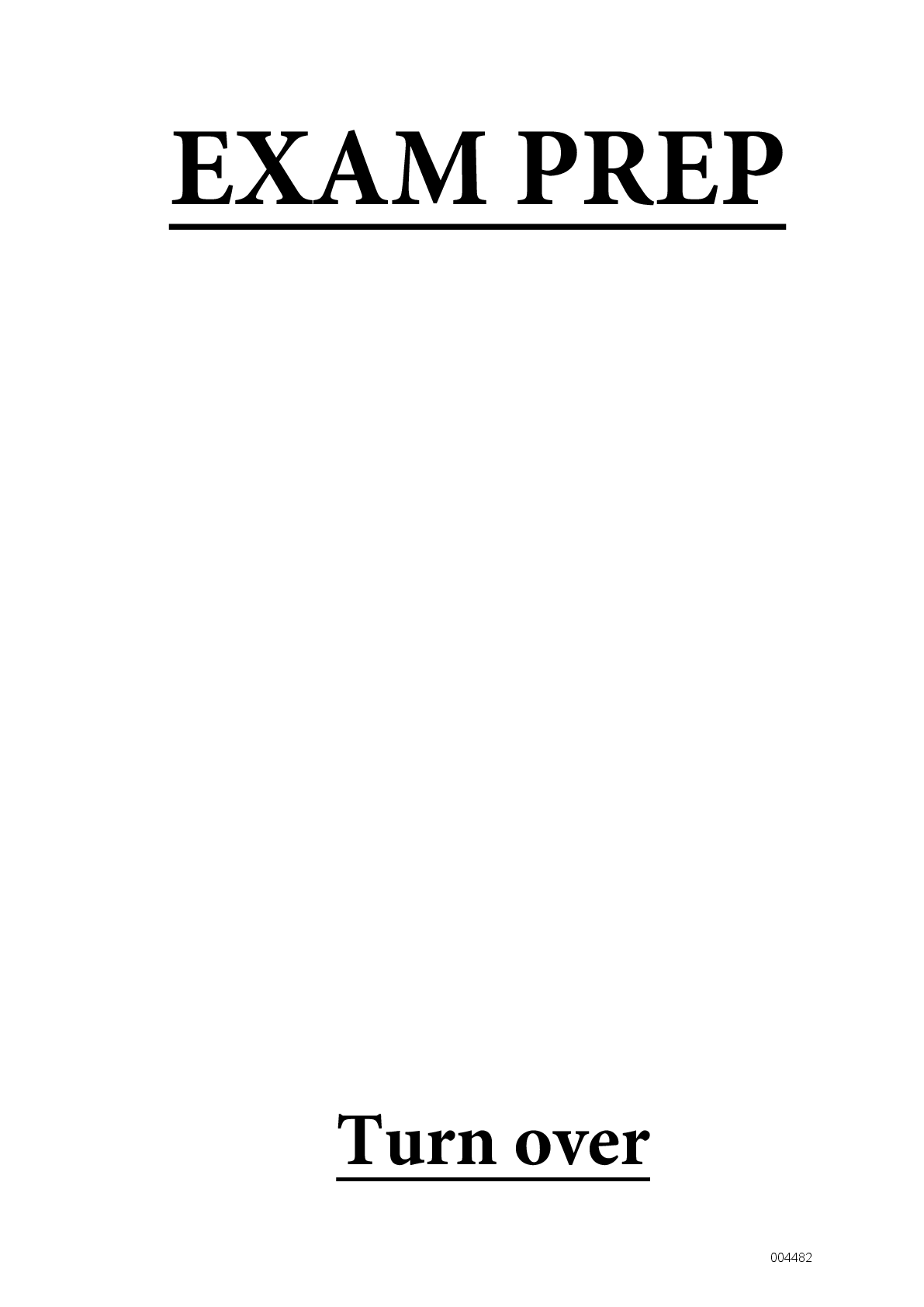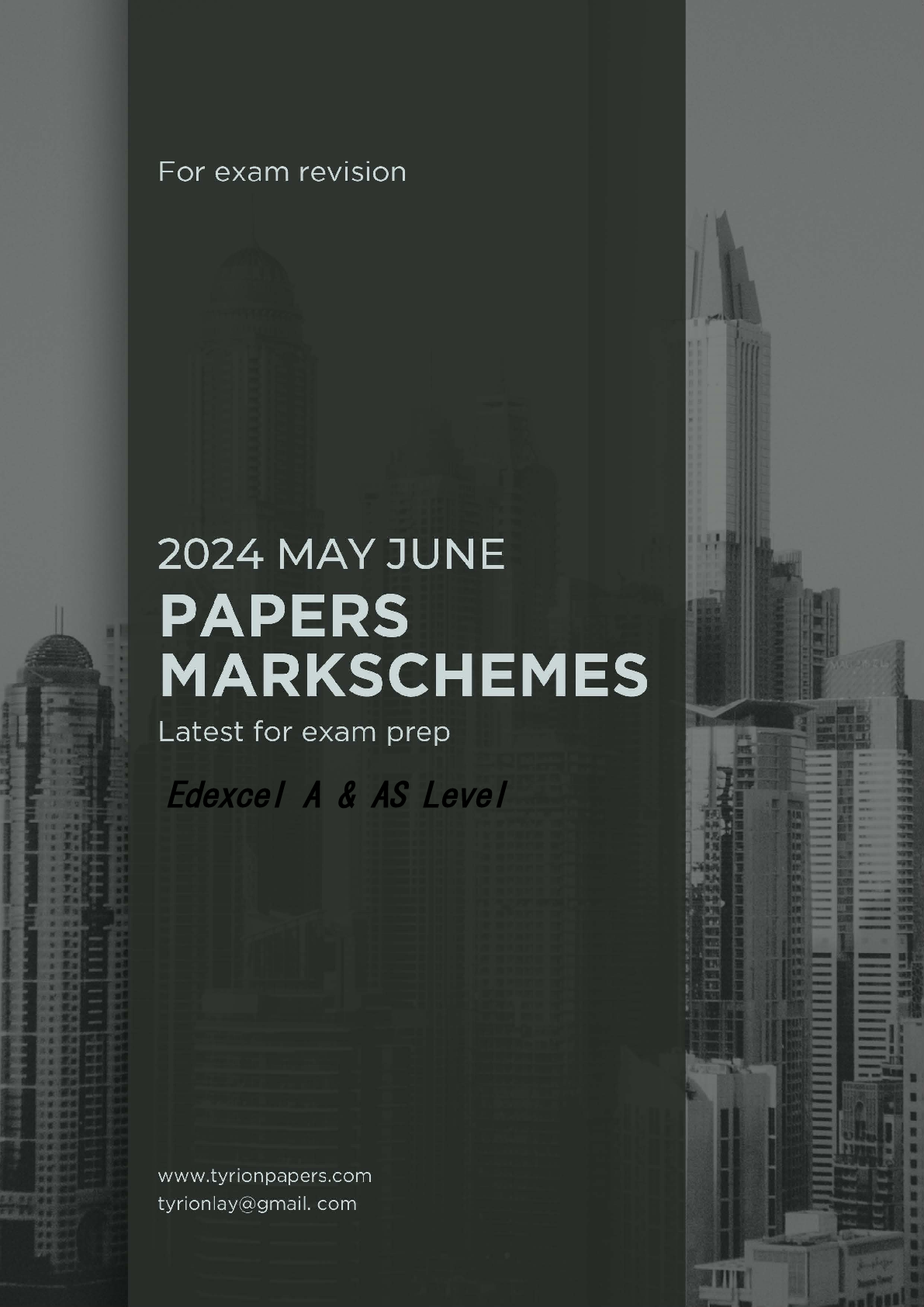
Intro to Ethics – PHIL 200 Unit 1 Questions and Answers,100% CORRECT
$ 16

IAAO Workshop 852 AAS Case Study Exam (2025) – Verified Questions and Answers - 100% Correct Answers Graded A+ - Guaranteed Success!!
$ 15.5
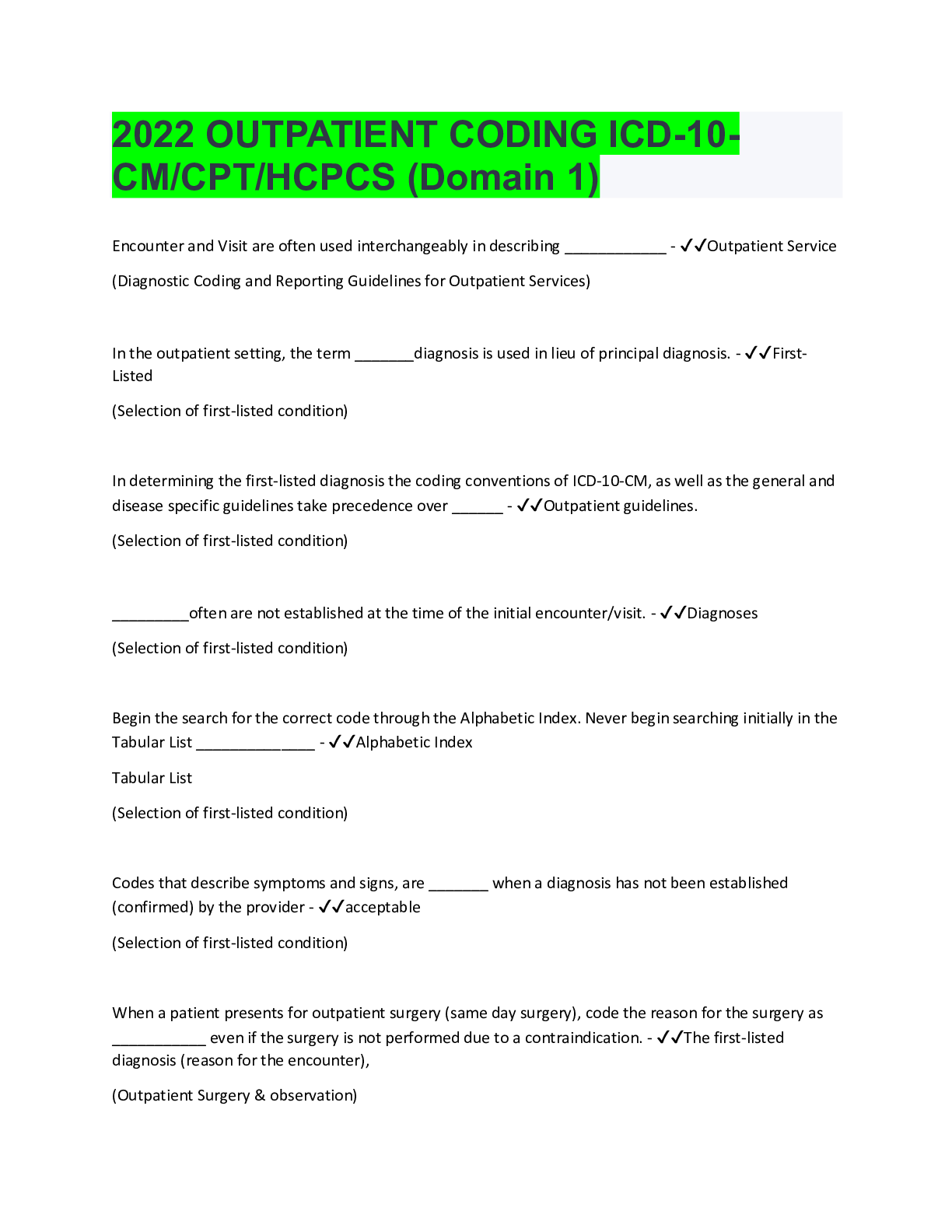
2022 OUTPATIENT CODING ICD-10-CM/CPT/HCPCS (Domain 1)
$ 8

NCLEX-RN QUESTIONS AND ANSWERS COMPLETE GUIDE SOLUTIONS VERIFIED AND GRADED A+

.png)

.png)
.png)
.png)

